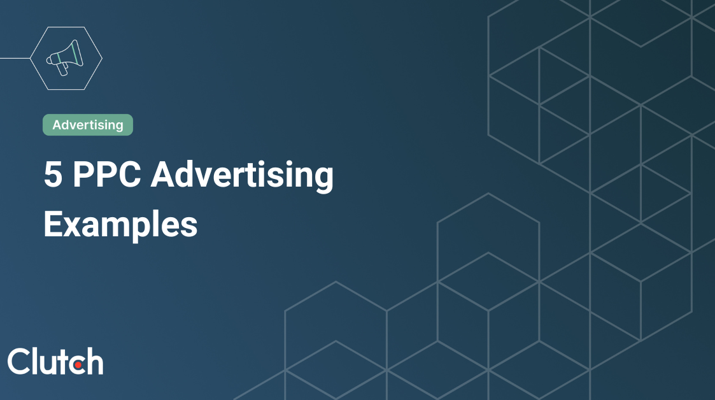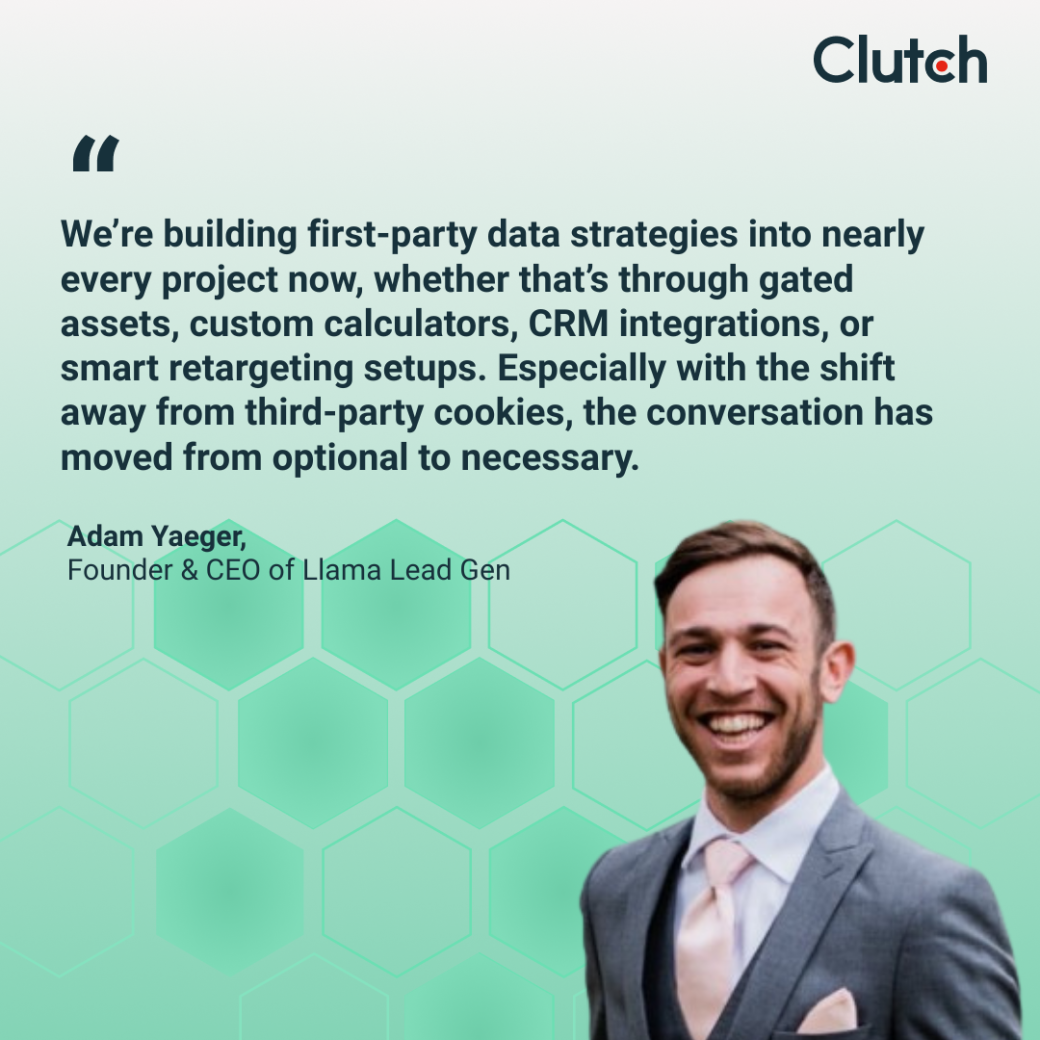

Updated September 11, 2025
Discover how marketers are preparing for the end of third-party cookies by leveraging first-party data to maintain performance, strengthen customer relationships, and ensure long-term marketing success.
In January 2024, Google started to phase out third-party cookies on Chrome, following other major browsers such as Firefox and Safari, in what has become known as ‘the cookiepocalypse.’
This shift is largely due to growing concerns over data privacy. By eliminating the use of cookies, browsers are able to enhance user privacy and limit cross-site tracking on the web.
The move is expected to profoundly impact how advertisers track potential consumers' web activity, making it more challenging to gather data without explicit user consent.
While this is great for consumers, this poses a challenge for marketers and advertisers — how are you supposed to target audiences effectively without third-party data?
The answer: first-party data.
Studies find that in 2025, 87% of marketers are prioritizing first-party data. This article will break down how you can collect first-party data and adjust your marketing strategy to adjust to changing best practices.
Improve your marketing campaigns with first-party data. Connect with industry-leading digital marketing companies on Clutch.
First-party data refers to information collected directly from individuals who have interacted with your company, and offers invaluable insights into customer behaviors, preferences, and pain points.

Whereas first-party data is obtained through direct interactions, cookies are small pieces of data stored on a user's device by websites they visit. These files contain information such as usernames, passwords, preferences, and browsing behavior.
By collecting this information with consent, you can respect user privacy while gathering insight into your audience's behaviors, preferences, and actions.
“We’re building first-party data strategies into nearly every project now, whether that’s through gated assets, custom calculators, CRM integrations, or smart retargeting setups. Especially with the shift away from third-party cookies, the conversation has moved from optional to necessary," said Adam Yaeger, Founder & CEO of Llama Lead Gen.
Here are some effective methods for collecting first-party data:
Once you’ve gathered first-party data, you’ll be able to segment your audience. This is the process of dividing up your audience into distinct groups based on shared characteristics such as buying behavior, demographic information, or preferences.
Segmenting your audience like this allows you to create hyper-personalized marketing campaigns that speak directly to the consumer’s heart, increasing engagement and conversions.
With first-party data, you can use predictive analytics to forecast future outcomes.
Predictive analytics involves the use of historical data, statistical algorithms, and machine learning techniques to identify the likelihood of future outcomes. With historical data, your marketing team can uncover specific patterns and use that information to forecast potential scenarios and trends.
Particularly if you’ve been able to segment your audience, you can use predictive analytics to determine characteristics and behaviors that are most likely to lead to specific conversions, helping you to anticipate customer needs and craft preemptive strategies.
For example, you may find that a younger audience is more likely to buy one product, while a consumer in another age bracket would be more likely to purchase a different product.
This information allows you to tailor your messaging and direct more effective marketing efforts to each segment.
The great news is that first-party data can be used to optimize your marketing campaigns across all of your channels, including email, ads, web content, and more. Creating a seamless and personalized customer experience using the data you collect can boost brand loyalty and recognition.
Here are some of the best ways you can use first-party data across various marketing channels:
As you roll out the use of first-party data across campaigns, look for patterns and adjust your strategy as necessary. Testing, tweaking, and optimizing your campaigns based on performance will help you get the most out of your campaigns.
While first-party data offers a powerful alternative to third-party cookies, companies must still handle it responsibly and in full compliance with evolving privacy laws. Staying informed about regulations and adopting ethical data practices is essential to maintaining consumer trust and avoiding legal pitfalls.

Laws like GDPR in the EU and CCPA have introduced strict data requirements for organizations. A deep understanding of these regulations is critical before leveraging any first-party data. Privacy laws are constantly changing, making it necessary to stay vigilant globally.
As the privacy landscape becomes more complex, many companies are turning to automation and emerging technologies to stay ahead. By the end of 2025, 60% of large organizations will use AI to manage GDPR compliance, and at the same time, privacy-enhancing technologies (PETs) are gaining traction.
“While we don’t allocate a fixed percentage of project budgets to privacy compliance, it’s embedded into every account setup and campaign strategy we run. Privacy isn’t just a legal concern; it’s a long-term growth driver," said Maxime Siebinga, Marketing Manager at Flowium.
By combining strong ethical frameworks with smart use of technology, businesses can turn compliance into a competitive advantage.
Finally, your team should invest in data management platforms (DMPs), customer data platforms (CDPs), and predictive analytics tools to efficiently manage and analyze your first-party data.
DMPs and CDPs are particularly beneficial because they aggregate and structure data from various sources, helping you to gain a comprehensive understanding of your customer base.
Combined with predictive analytics tools (like Adobe Analytics, Azure Machine Learning, and Oracle’s Analytics Platform), you will be able to analyze the data you collect more effectively and create data-driven campaigns.
As third-party cookies fade and privacy regulations tighten, brands are rethinking how they connect with audiences. This privacy-driven shift marks a turning point in data marketing, where privacy-first marketing is no longer optional. Brands are now prioritizing the collection of first-party and zero-party data through owned channels, gaining insights directly from their customers with consent.
By ethically gathering and leveraging customer data, marketers can create personalized, trust-based experiences that align with modern privacy expectations. With zero-party data offering willingly shared preferences and insights, campaigns become more relevant and respectful, ultimately building stronger brand-consumer relationships.


